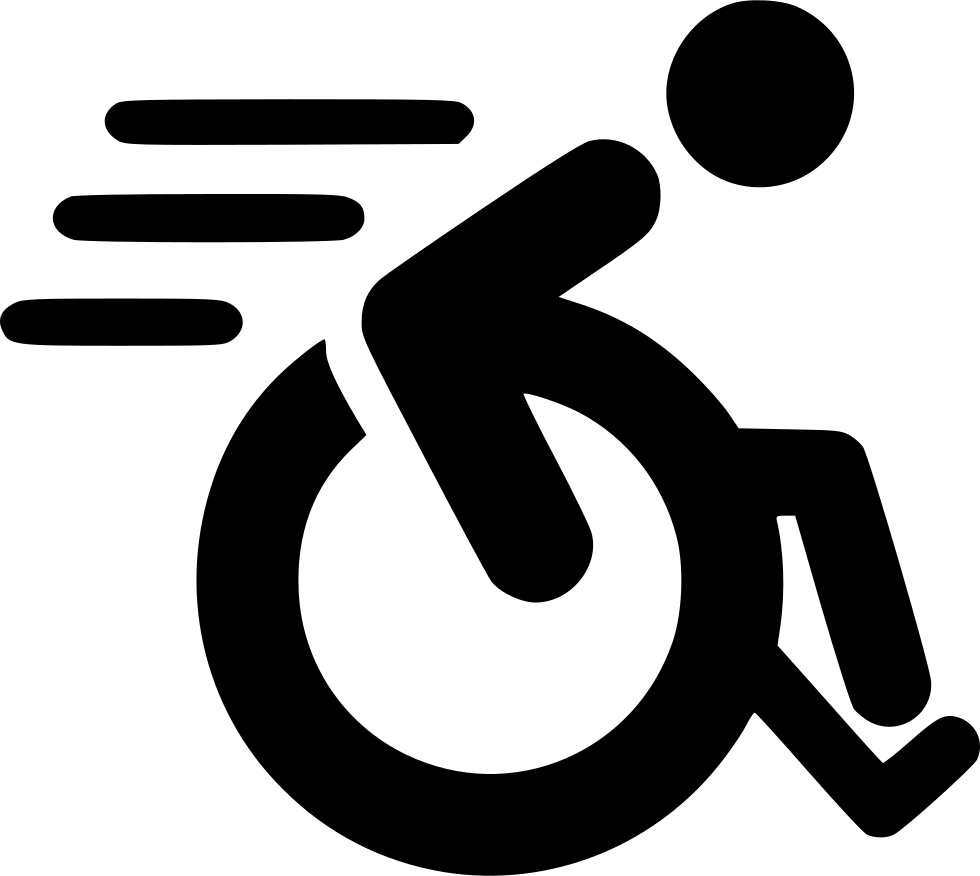Educational Articles
-
Echinococcosis refers to being infected with a tapeworm of the genus Echinococcus and is primarily a parasite of coyotes and foxes. Infected cats are usually asymptomatic, but in both cats and humans the parasite can cause large cysts to form within the lungs and liver. E.multilocularis is treated with praziquantel and in most cases the prognosis is good.
-
Endocarditis is an infection of a heart valve, most often affecting the mitral or aortic valve. It can arise any time that bacteria enter the bloodstream, though it is more common when the heart valve has already been damaged for some other reason. The clinical signs of endocarditis are often nonspecific in the early stages, but may progress to include signs of heart failure later in the course of the disease. The diagnosis and treatment of endocarditis can present a challenge, requiring multiple tests and prolonged courses of antibiotic therapy.
-
Feline eosinophilic keratitis is a chronic inflammatory disease of the cornea that results in the surface of the eye appearing pink, white, or chalky. It is caused by an accumulation of inflammatory cells called eosinophils. The clinical signs, appearance, diagnosis, and treatment of this condition are explained in this handout.
-
Esophageal tumors are extremely rare but more often than not malignant type tumors. The cause is unknown but cases in tropical environments may be due to infection by the worm Spirocerca lupi. Treatment options are limited as surgical complications are high due to the advanced nature of the disease at time of diagnosis.
-
You’ve probably heard lots of funny cat anecdotes; about how you don’t own them…they own YOU; how they feel superior to everyone, especially dogs; that they expect to be treated like royalty. If you are considering a feline acquisition, first consider this: lots of those remarks are true! This handout explains the other factors to consider in selecting the cat most likely to choose your family, too.
-
Famciclovir is given by mouth and is used off-label to control feline herpesvirus. Give as directed. Side effects may include vomiting, diarrhea, decreased appetite, and increased drinking and urination. Do not use it in pets that are allergic to it or penciclovir. If a negative reaction occurs, call your veterinary office.
-
This handout discusses the need for ensuring your pregnant cat is receiving adequate nutrition to make sure both she and her kittens thrive during this time of increased demands on her body. Feeding and diet suggestions are provided.
-
Alveolar osteitis, also called expansile osteitis, is a relatively common condition that results from chronic periodontal disease in cats. It is painful and can interfere with grooming and eating. If this disorder is detected early, it may be possible to treat the disease without tooth extraction by performing thorough periodontal therapy (dental cleaning and scaling).
-
Demodicosis is a parasitic skin condition caused by Demodex mites. These microscopic mites can be found on the skin of all animals but, in some cases, they multiply to excessive levels and cause clinical signs. Signs vary depending on the species of mite involved, though generally involve hair loss, skin inflammation, and crusting. Demodex mites found on cats and dogs do not spread to humans.
-
An FHO, or femoral head ostectomy, is a surgical procedure that aims to restore pain-free mobility to a diseased or damaged hip by removing the head and neck of the femur (the long leg bone or thighbone). This procedure is commonly recommended for cats, especially those who are at a healthy weight. Active cats often experience better results with FHO than less-active cats. It is important to follow your veterinarian's post-operative instructions. Most cats will show signs of complete recovery approximately six weeks post-operatively.


